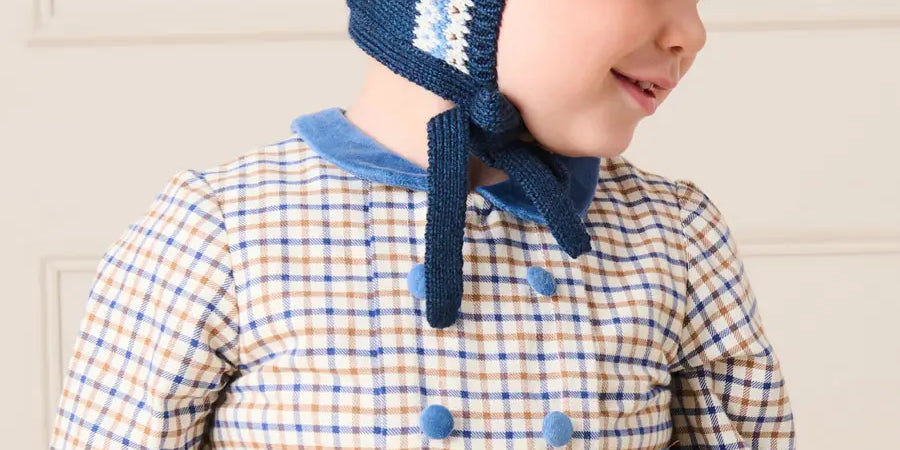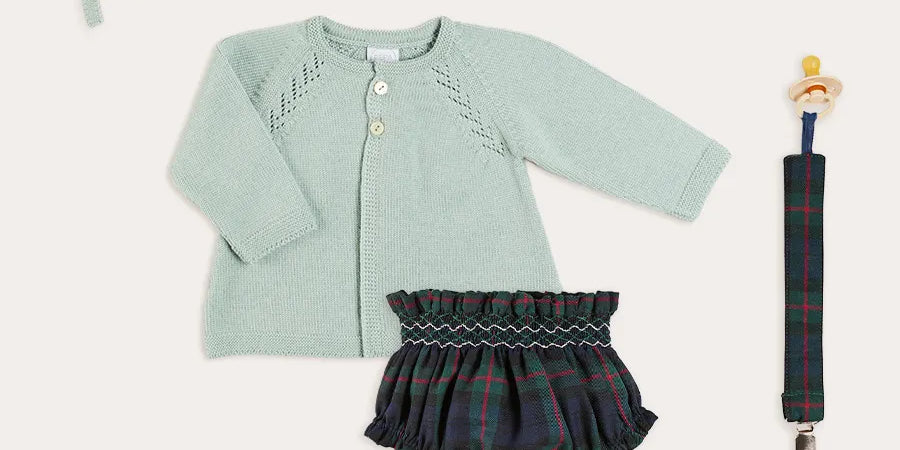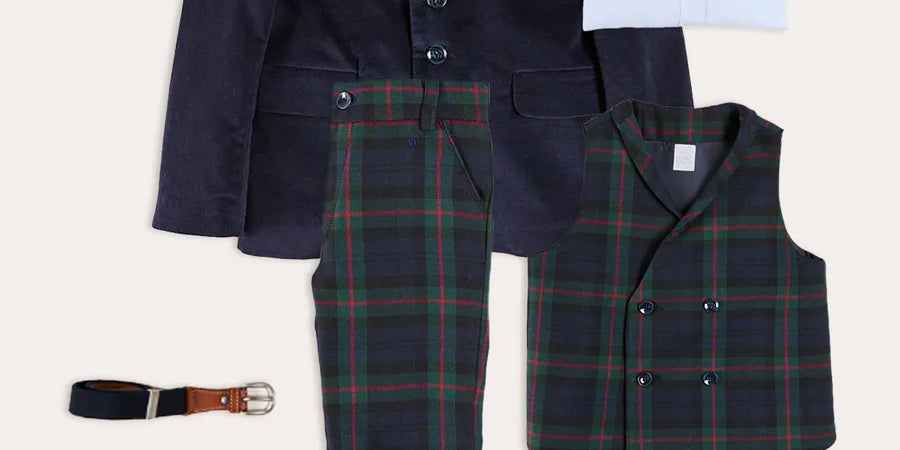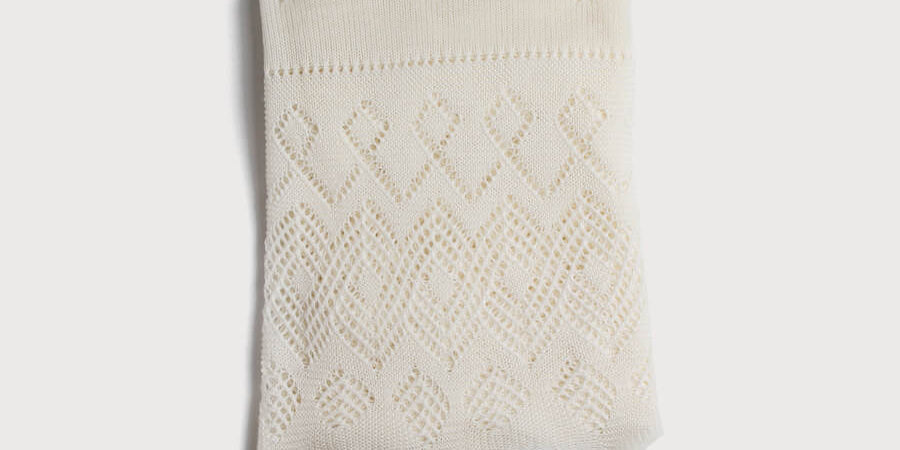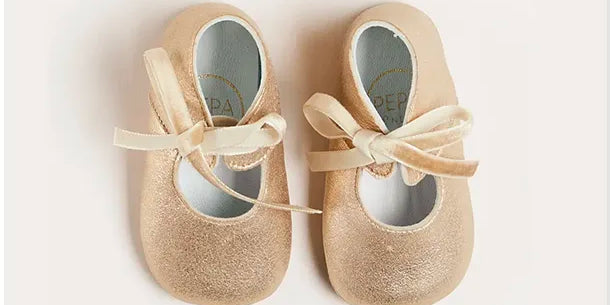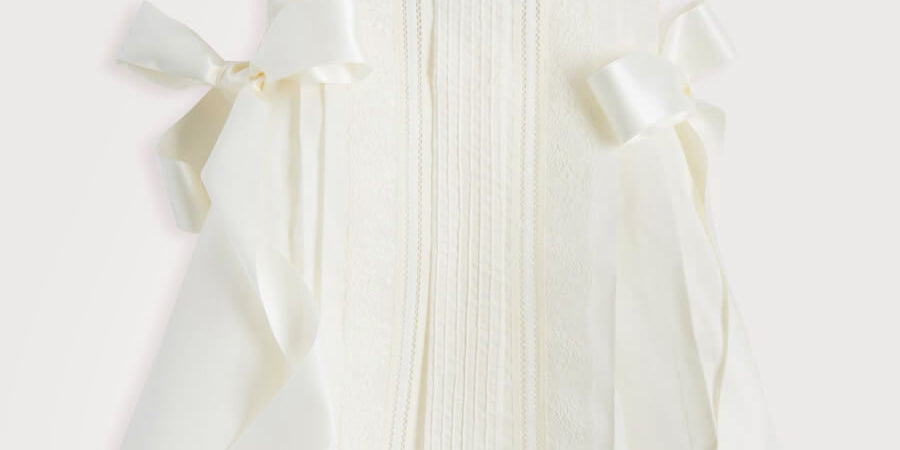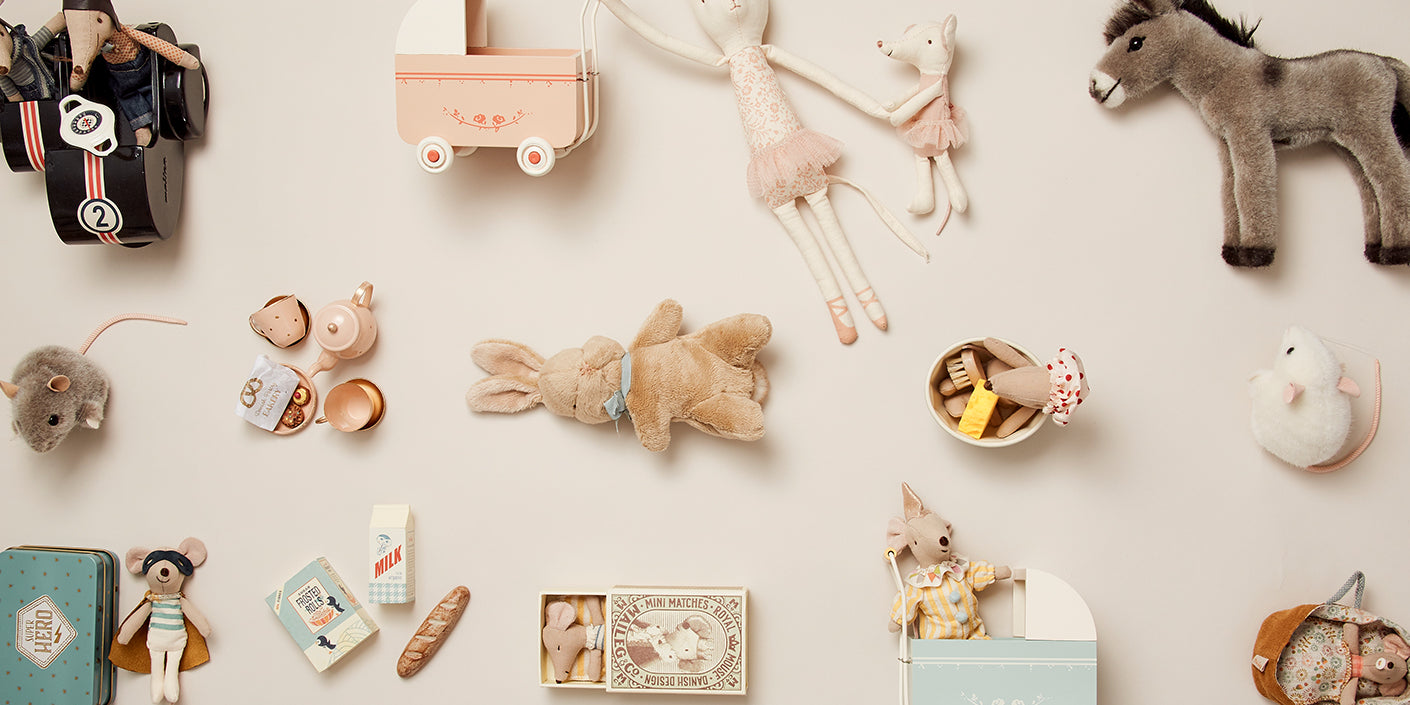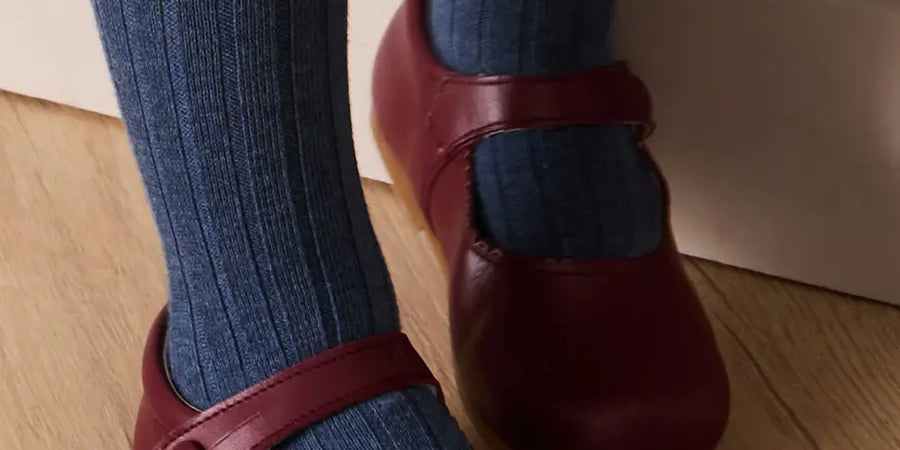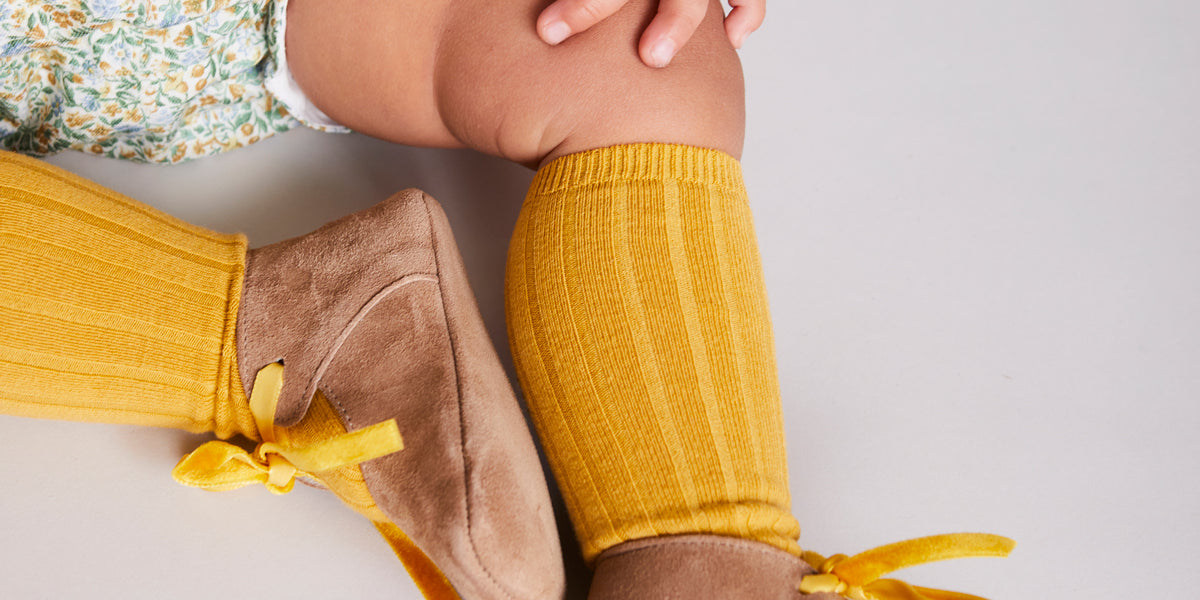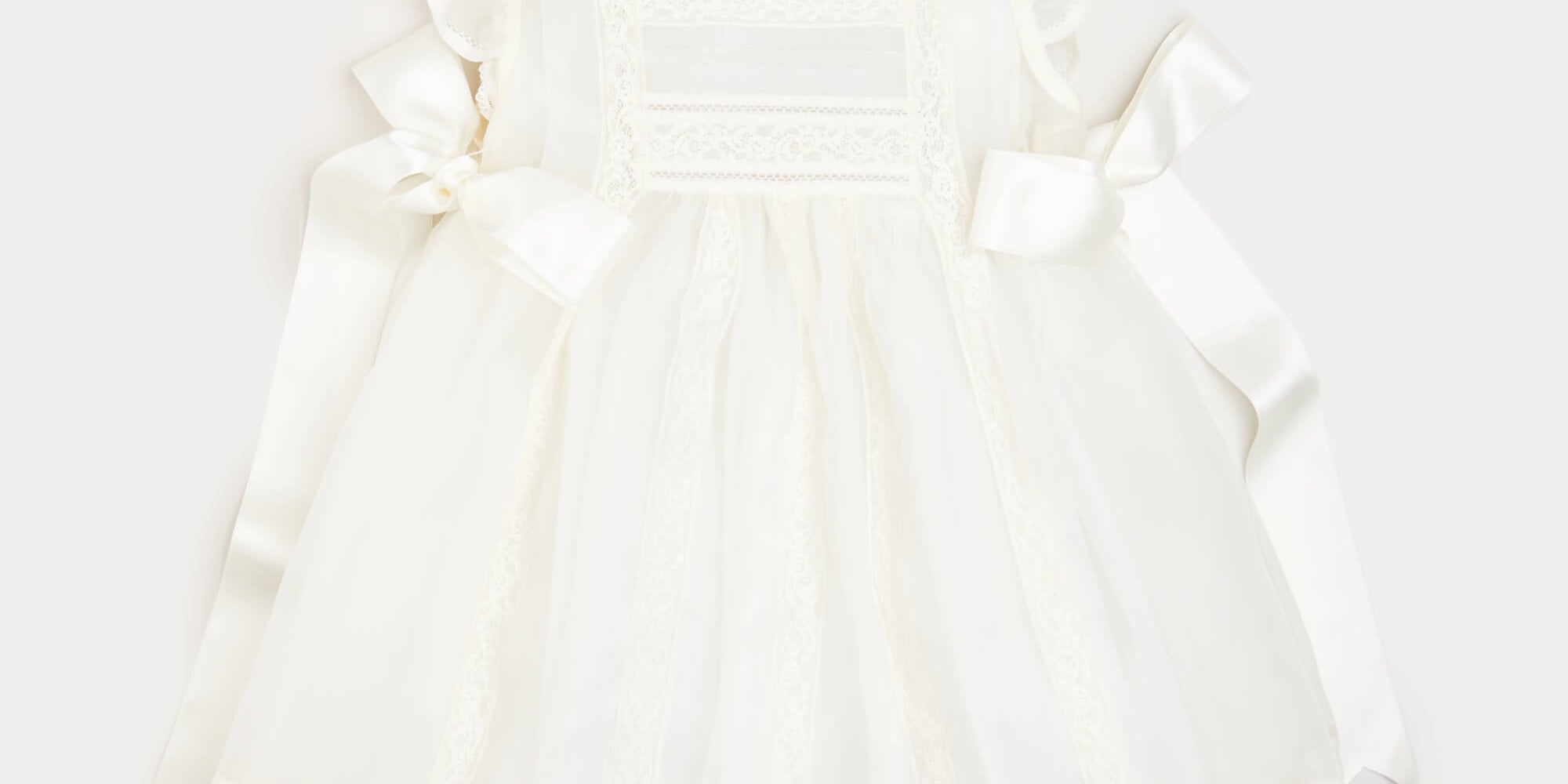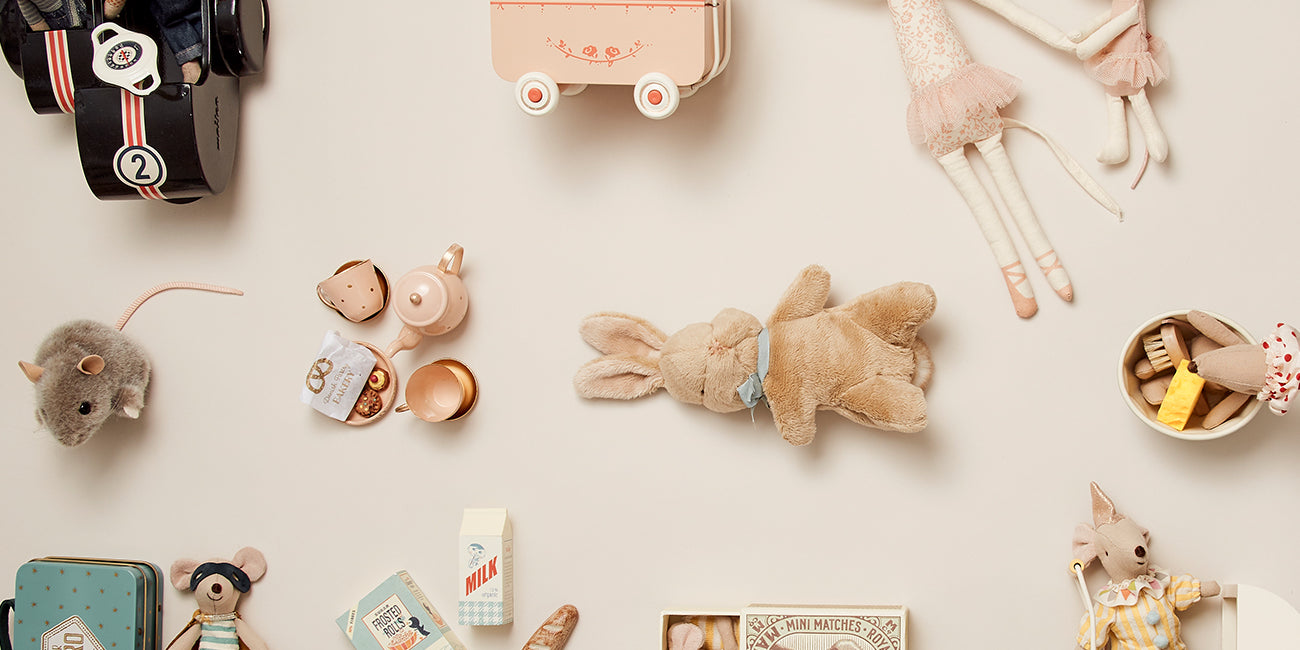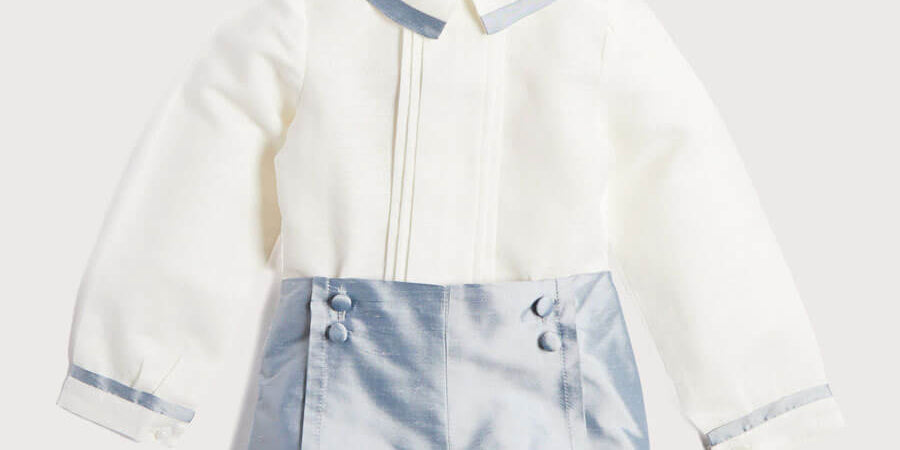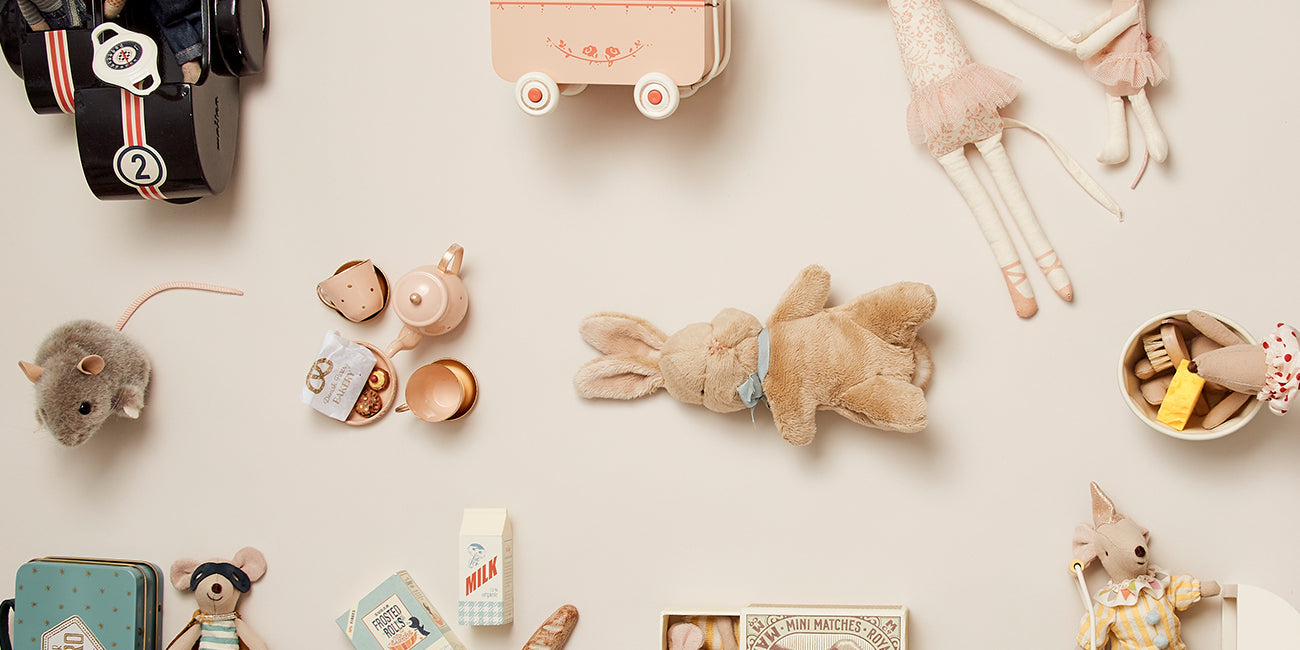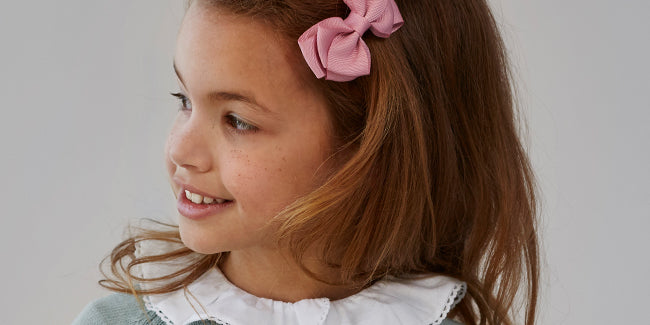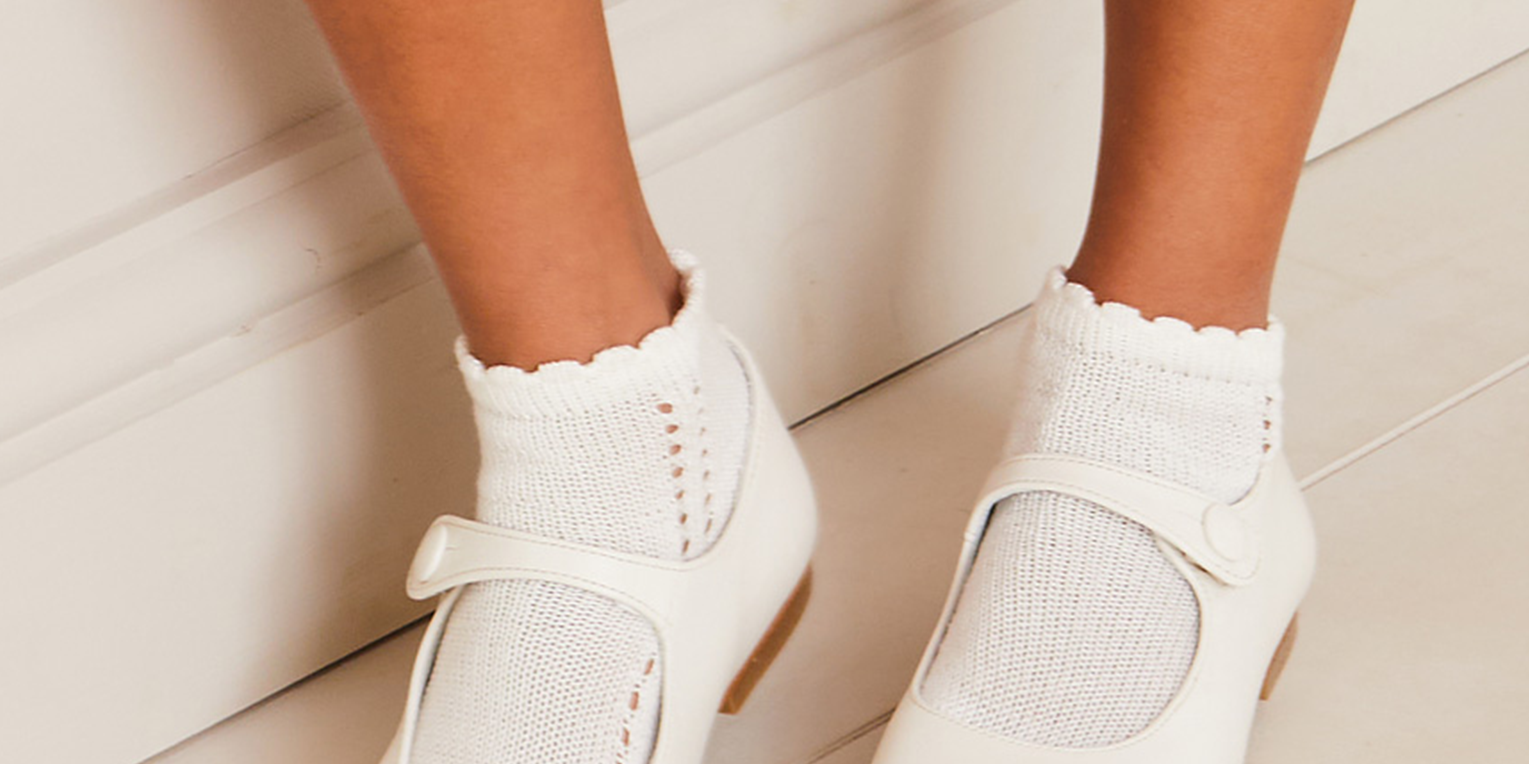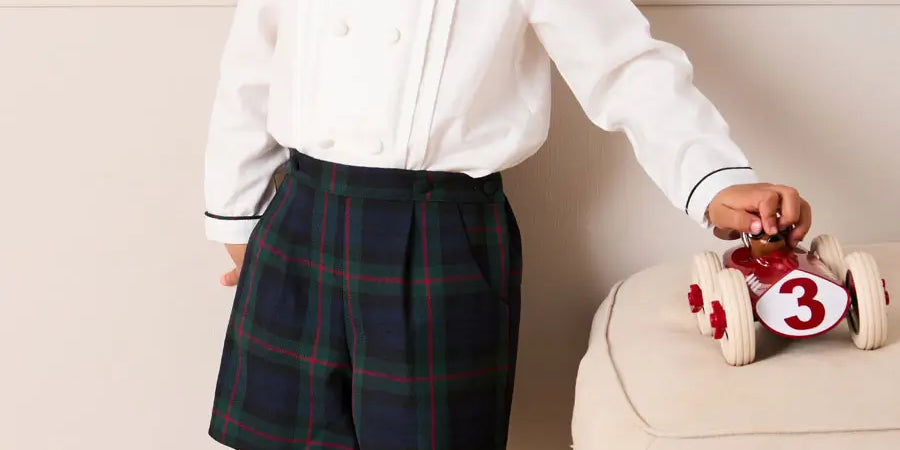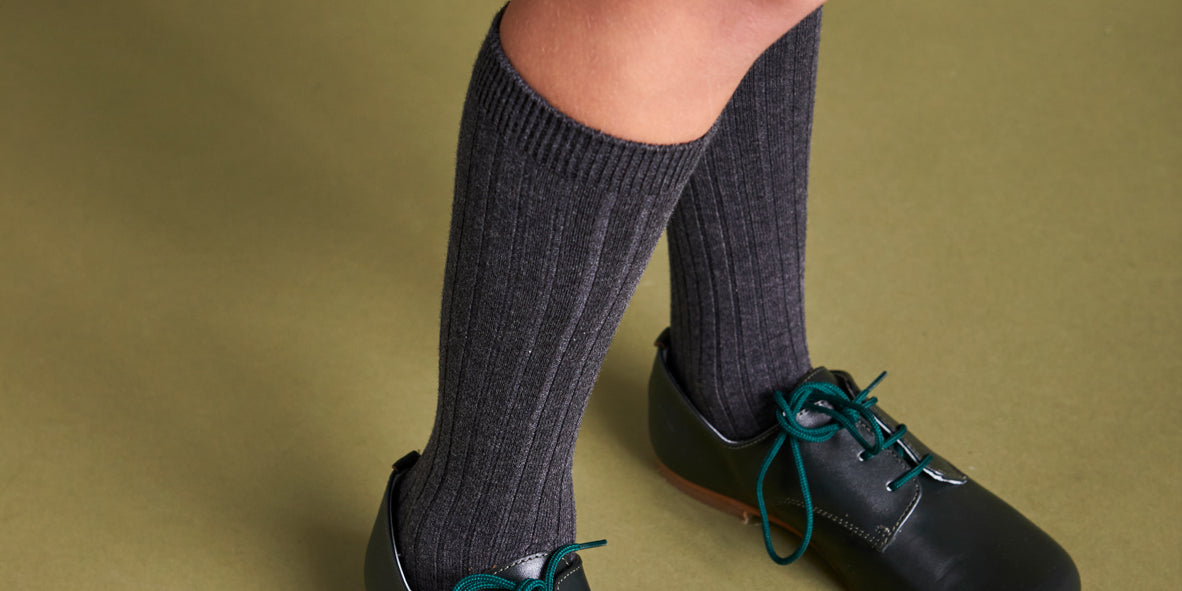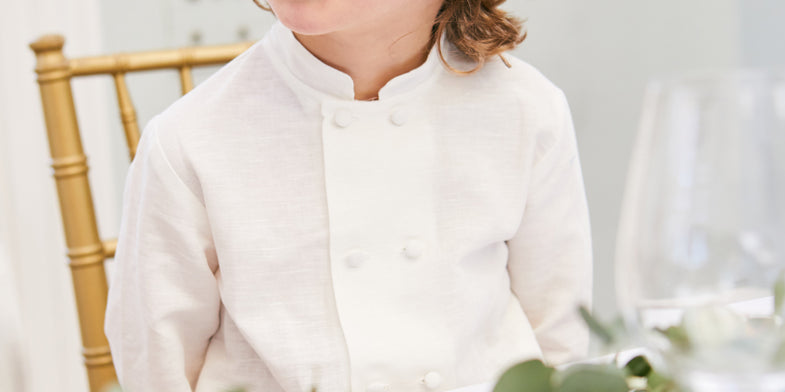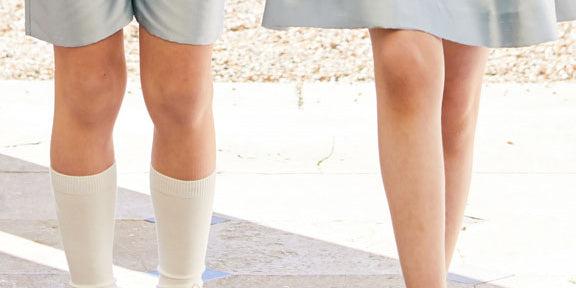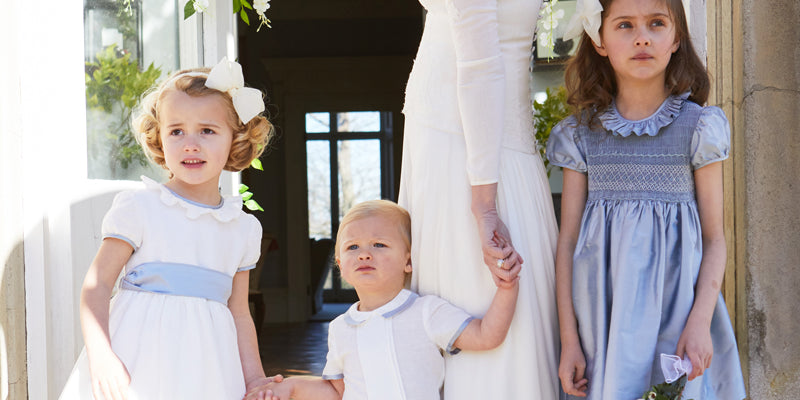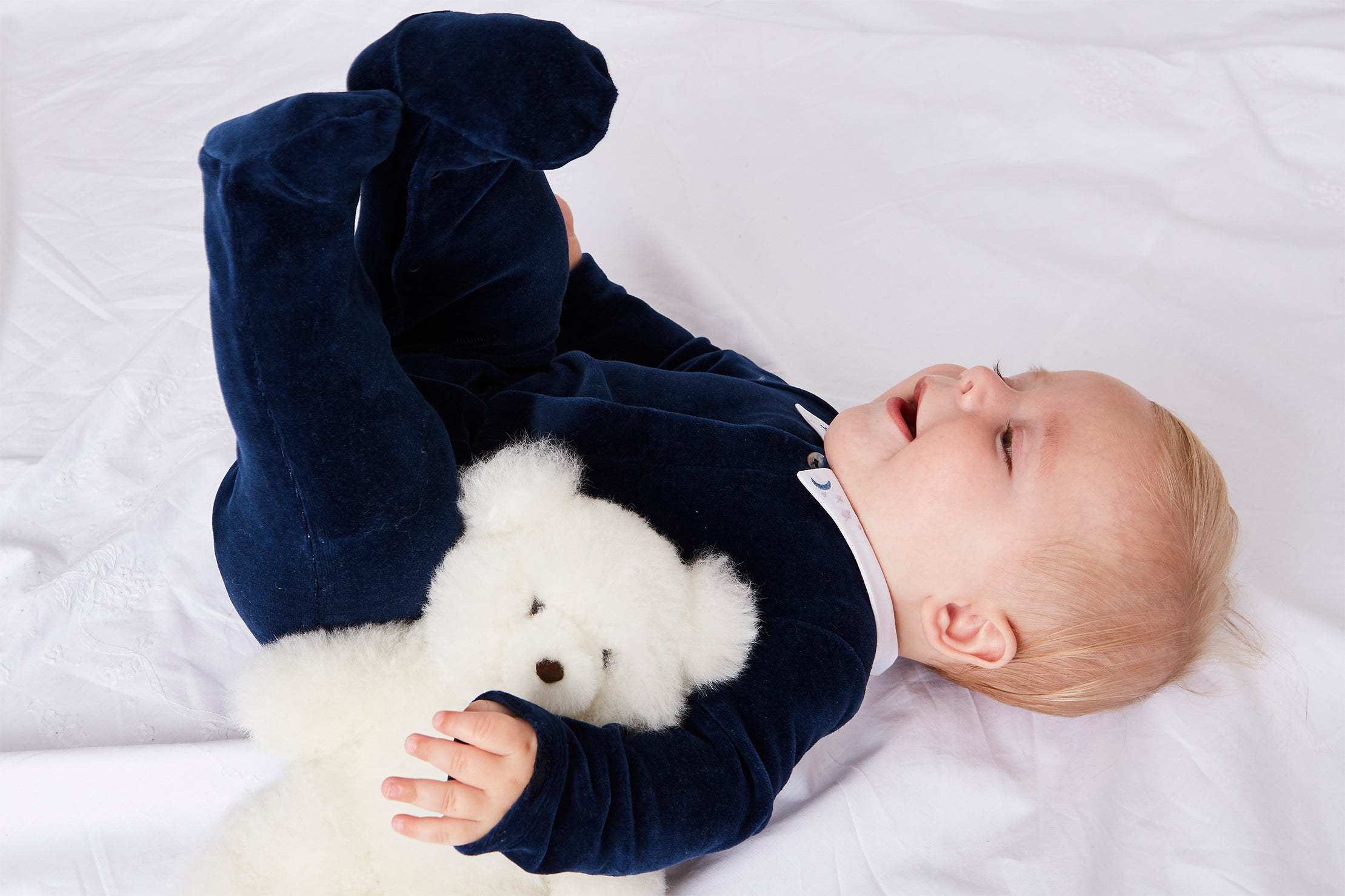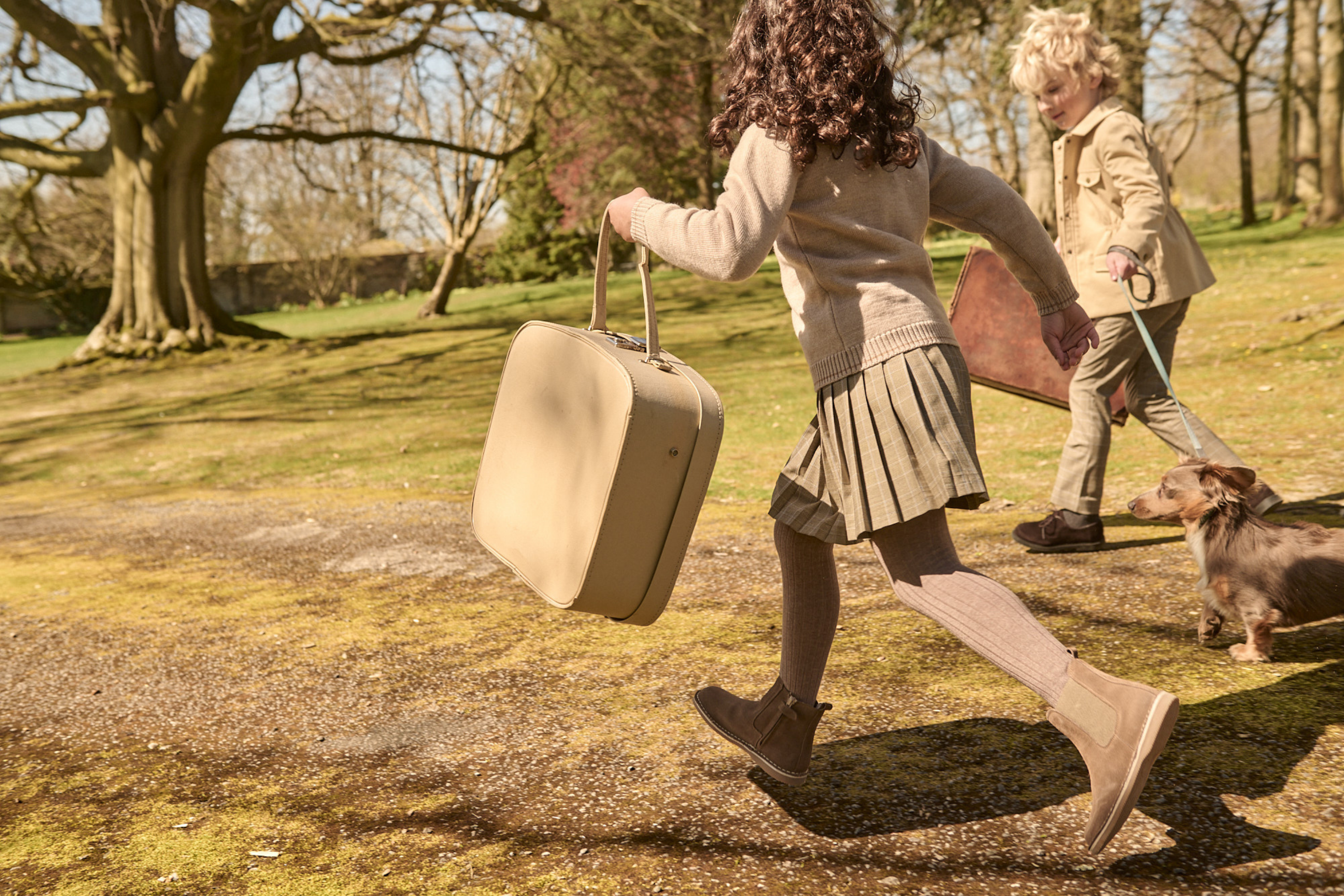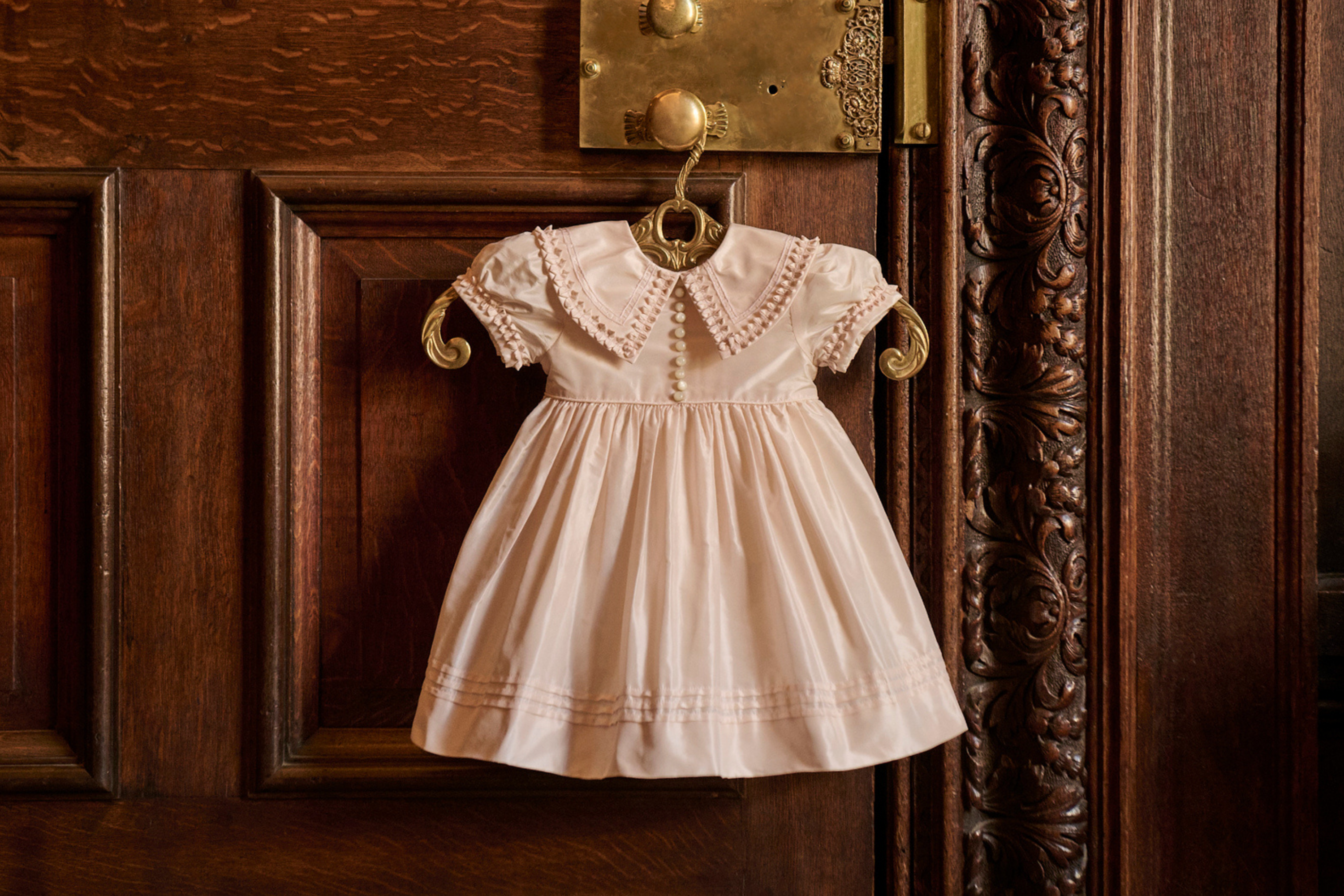This is a question we’re asked a lot at Pepa & Co; what colours are right for a newborn...is this knitted set unisex...I don’t know the gender of the baby, what should I buy?
We all know the tradition that dictates blue is for boys and pink is for girls but in this present day, the truth is you can dress your baby in whatever you feel comfortable with! We offer plenty of neutral baby colours in our collections that are versatile, and there is no reason why you can’t buy pink for boys and blue for girls too. That’s not to say that if you have a boy, you have to go against the traditional if you simply like the colour blue - it’s 100% up to you what colours you’d like to dress your child in, whether you’re a traditionalist or a contemporary.
There are some wonderful neutral colours for newborns and babies, and we also take a peek into why we have blue for boys and pink for girls, with a surprising outcome…
Perfect Neutral Baby Colours
The most popular gender-neutral colours for babies are yellow and green. These hues are ideal if you do not know the gender of the newborn baby beforehand.
These fresh colours epitomise new life and look wonderful little bundles of joy! We have always tried to incorporate these two colours into every collection to offer more choices for new parents, and for their friends and family to help prepare for new arrivals.

Another “colour” you cannot go wrong with is white. Although technically not a “colour”, but the absence of all colours, white babygrows and bodysuits are the perfect combination of tradition whilst being completely neutral. Our Newborn First Outfits and Pima Cotton Clothes Collections include a range of beautiful pieces in white; they are a classic staple for any newborn, and garments you can pass down from generation to generation. Not to mention super soft and perfect for sensitive newborn skin!

Muted and pastel shades of many colours are a great neutral option for babies. Colours that have been popular in recent years have been grey, navy, browns and creams.
Ivory is a popular colour for christenings and special occasions, but there’s no reason why you cannot incorporate these creams into your baby’s day-to-day wardrobe too. A huge advantage of cream and ivory is that it looks great mixed and matched with white staple pieces.

Whilst blue is stereotypically associated with boys, we like to think of it as a gender-neutral colour, and many of the Mums that come into the shop in Belgravia love the pale blues for both boys and girls. A lovely sky blue or teal looks just as wonderful on little girls as it does on little boys.

Where did “Blue for Boys” and “Pink for Girls” come from?
Like any tradition, this particular way of thinking has been developed over decades and even centuries.
Pre 20th Century, it was very typical for all babies to wear white, or other light colours, only. A risky strategy you may think for obvious reasons, however, it was much easier to bleach garments than it was to clean coloured clothing. As we came into the 20th Century, pastel colours became increasingly popular, and this caused the introduction of pink and blue, but with a different outcome to what you would expect.
In fact, boys were often dressed in pink, and girls in blue. In an article of Ladies’ Home Journal in 1918, the reasoning was that blue was “more delicate and dainty” and therefore “prettier for the girl” whilst pink was a “stronger colour” more suited to boys. This is quite the opposite to what we know in present day!
Colours for babies was also largely based on the complexion and hair colour of the child, with blondes suiting blues and greens, and brunettes suiting pinks. Something that still stands true today. This is a similar equation for eye colour; blue for blue-eyed babies, and pink for brown-eyed babies.
By the 1940s, the colours had switched and this is purely down to manufacturers. It is interesting to look through the following decades, as a shift in baby clothes trends does correlate with economic and cultural climates at the time.
For example, unisex styles began to emerge during the 60s and 70s as did female liberation, free love and flower power. If we fast-forward to the 70-80s, blue for boys and pink for girls became popular again. Why? Because this was the emergence of prenatal testing; for the first time ever, parents were able to find out beforehand what gender the child was, and therefore sought out these specifically coloured products in the midst of their excitement.
What Do You Like?
Whether you’re a traditionalist or enjoy throwing the rulebook out, dressing your baby is an exciting time. As a general rule of thumb, muted or pastel shades for newborns and babies creates a classic look. A pop of colour is great, but can be overpowering on such a little human. Beyond this, the most important factor is dressing your little Pepa in comfortable and durable clothing that you love. Clothing that will also stand the test of time so you can not only use again but you can treasure in years to come.
Tradition dictates that blue is for boys and pink is for girls, but we like to think that any colour is appropriate for your baby, as long as you like it!





